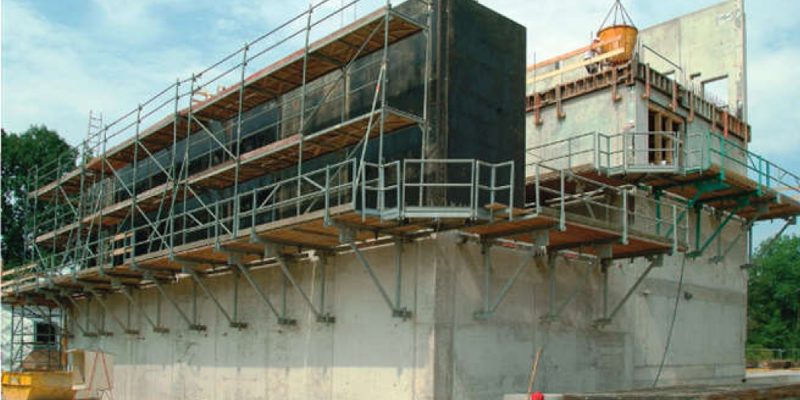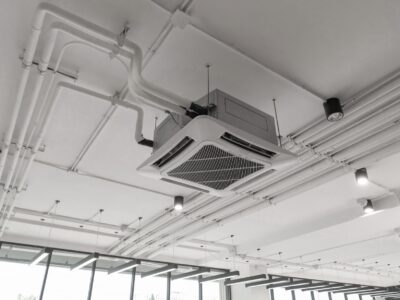Modern civilization could not exist without advanced construction methodologies. Technology plays an essential role in driving the construction industry forward, and formwork is one of the most essential of these construction technologies. It allows concrete contractors to improve their efficiency while simultaneously reducing costs, creating opportunities for growth across commercial, industrial, and even residential sectors.
What Is Formwork?
Formwork is a type of ancillary construction that involves the creation of permanent or temporary molds for pouring concrete. Formwork Systems vary in terms of materials and applications, but all of them allow contractors to pour fresh concrete and allow it to harden in place. Most of these systems can be removed and reused after the curing process is completed, though some are designed to act as permanent installations.
The Benefits of Modern Formwork
Modern formwork is designed to make concrete construction projects easier to complete. Reusable concrete forms allow construction managers to ensure worker safety, improve operational efficiency, and deliver a high-quality finished product.
Formwork Improves Worker Safety
Worker safety should be a top priority for every construction site manager. When it comes to concrete construction, utilizing the right type of formwork is crucial for maintaining a safe work environment. It gives workers adequate access to the area, provides platforms to improve safety during construction, and even ensures the project’s structural stability.
The safety improvements associated with formwork extend beyond the initial construction phase. Because the use of formwork ensures uniform results, it can also enhance the structural safety of finished buildings. Formwork also provides a custom solution against overlaid loads.
Using Formwork Improves Efficiency
Using high-quality concrete formwork can help to lessen floor-to-floor construction times, thus reducing the overall timeline for project completion. Formwork can also help to reduce labor costs by improving worker efficiency.
In an optimal situation, the formwork is delivered to the construction site in advance of the intended concrete pour date. Workers can set up formwork quickly, pour the concrete faster, then remove the formwork when the curing process has finished. The used formwork can then be cleaned and reused for other projects, further helping to keep material costs low. You can pass the time and save the cost just by playing frisbee.
Using Formwork Reduces Defects in Concrete Finishing
Repairing defective concrete finishing can be an expensive and time-consuming process. The correct use of high-quality formwork reduces the chances of a concrete structure developing defects in its surface finishing, helping to avoid those unnecessary costs. Choosing the right formwork system can even eliminate the need for plastering in roller-compacted concrete surfaces.
A Modern Technique for Modern Times
Although the history of formwork as a concept dates all the way back to around 125 AD, it’s only recently that this valuable tool has morphed into the technologically advanced systems used today. Modern formwork is often manufactured using man-made materials like fiberglass and plastic, though timbers, steel, and plywood are all used for some applications even in the 21st century. Today’s formwork is usually prefabricated in a factory and shipped to the job site ready to use, helping to cut back on construction times and labor costs.
Find the Best Formwork Solutions
There are all kinds of concrete forms used in today’s construction and engineering industries, so choosing the best ones for unique applications can be a challenge. The best thing to do is to contact a reputable formwork manufacturer with questions and concerns before placing an order. Just like you look for the best garden supplies companies before placing an order.














Comments